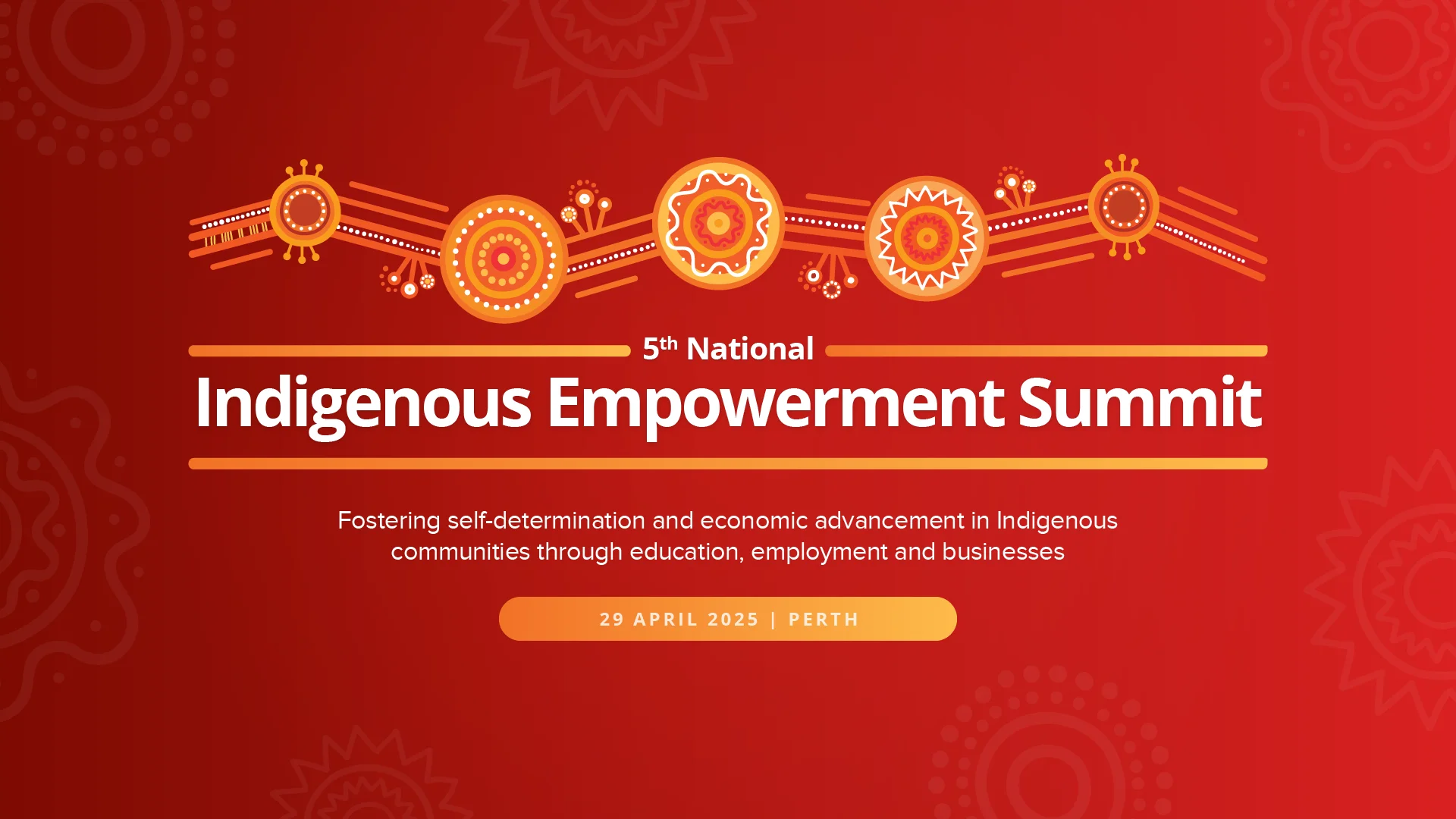Welcome to Happenings on the Hill – Happenings on the Hill is a fortnightly column specifically for the Third Sector by government engagement expert Neil Pharaoh, Director & Co-Founder of Tanck.
One of the most frustrating discussions I have had over the past few weeks was an organisation that thought they could get money from the government, but not spend anything to get it. If you told a fundraising professional that they are expected to work for free, and have no funding to raise funds, how successful would they be? Or in another field, your corporate partnerships manager has a budget of zero, will they be able to secure the long-term corporate partnerships you are after? The situation is almost identical when it comes to government funding.
This article dives into the details behind the fact you need to spend around 10% of what you want from the government, in order to secure it.
In the realm of social purpose and not-for-profit organisations, there’s been a longstanding debate about the percentage of donated funds that should be allocated to “administration, marketing, and overhead” expenses. Figures have varied, from as low as 10% to as high as 50% in some cases.
As someone who has spent years in fundraising roles, I understand the complexities and tensions surrounding fundraising efforts, especially when it comes to defining what constitutes “overhead.”
Thankfully, there’s been a shift in recent years. Many foundations, trusts, philanthropic organisations, and even corporations now recognise the necessity of having some overhead and management costs associated with acquiring, securing, and renewing government contract funding.
However, the question remains: for government services or contracts, what percentage of the contract value should be allocated to managing that contract and ensuring its renewal? And what is the government’s stance on this matter? On the government’s side, policy departments and contract negotiators often hold the view that there should be no overhead, no fat, and no management fee.
This, however, is unrealistic for several reasons. Yet, engaging in discussions with them about this issue often leads to little improvement in outcomes. Most social purpose organisations have built into their contracts a percentage for management and overheads, typically including some form of evaluation or review, as well as costs associated with project communications.
While these allocations do not fully cover the costs of project delivery, they do help offset some of these expenses. So, if you’re seeking funding from the government, what percentage should you be investing to secure it, and what percentage should you be using to retain or renew it?
In my experience, this typically sits around 10%, and it usually takes one to two years of investment to secure government support. Some may argue that this investment is too high, but if you’re not prepared to invest this amount, you may not be fully prepared to secure or maintain the funding in the long run.
What should this 10% be spent on? Let’s say you’re aiming to secure $3 million over three years from the government, equating to a $1 million per year contract. You should be allocating $100,000 per annum to manage, secure, influence, and shape that contract, and an additional $100,000 per annum for two years to secure the funds. Yes, government funds do come with costs, just like any other form of fundraising or income generation.
For organisations that claim they’re not spending the 10% and yet are still securing government funding, they’re likely either not properly accounting for the time and effort they’re already investing or are not being entirely truthful.
Every hour spent by the CEO, every board member’s contribution, every trip to the capital, and every brochure designed adds up. Being transparent about these costs in your internal books is crucial for your board, management, and team to recognise that government money does not come free.
If you’re looking to secure new funds, where does the 10% go? It goes into building the campaign, whether that involves letters, meetings, events, or social media engagement. It also includes the time taken by your team to prepare proposals and documents, as well as the time invested by your management and board in supervising, considering risks, and implementing strategies.
Allocating 10% is a good way to show the true, genuine cost of securing and then re-securing funds from the government. In summary, you can’t measure what you can’t track.
Many not-for-profit and social purpose organisations either deny that they spend anything to secure or renew government funding or fail to capture and manage what they do spend. This shows that many boards are not fully aware of the financial and non-financial risks involved.
The government, on its part, continues to encourage organisations not to allocate any costs, making it difficult to measure comparative effectiveness against other fundraising options. However, as the saying goes, there’s no such thing as a free lunch, and this applies as much to government funding, contracts, and services as it does to any other source of revenue.












